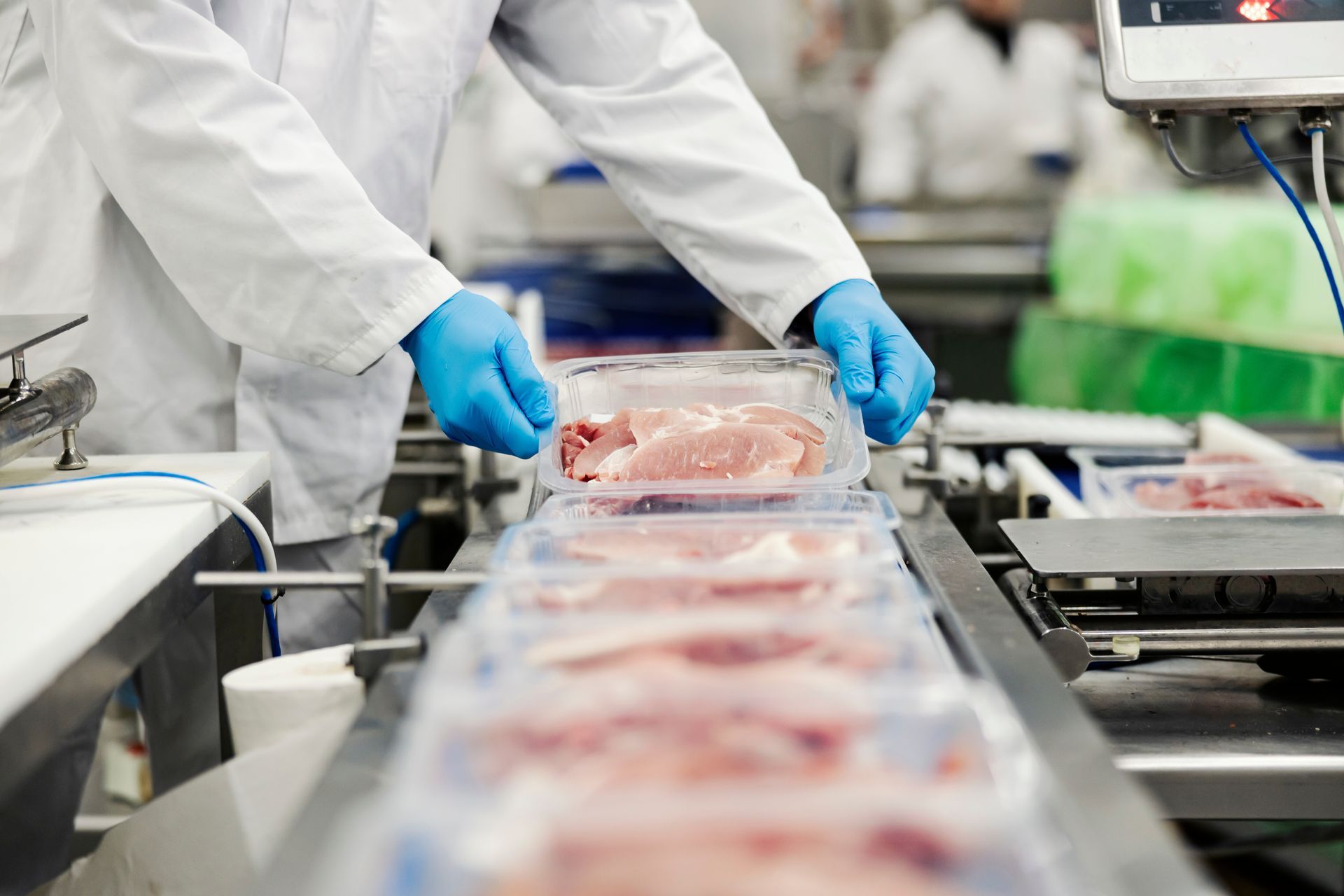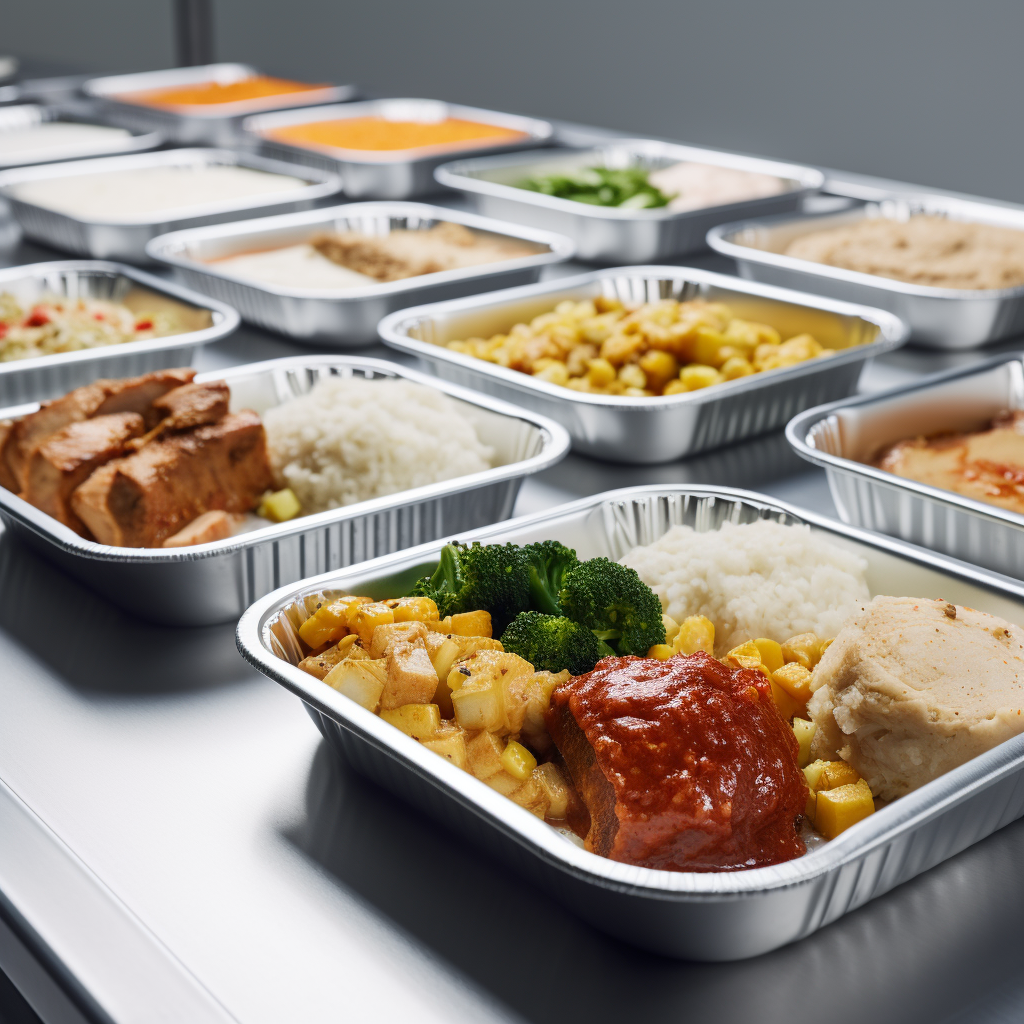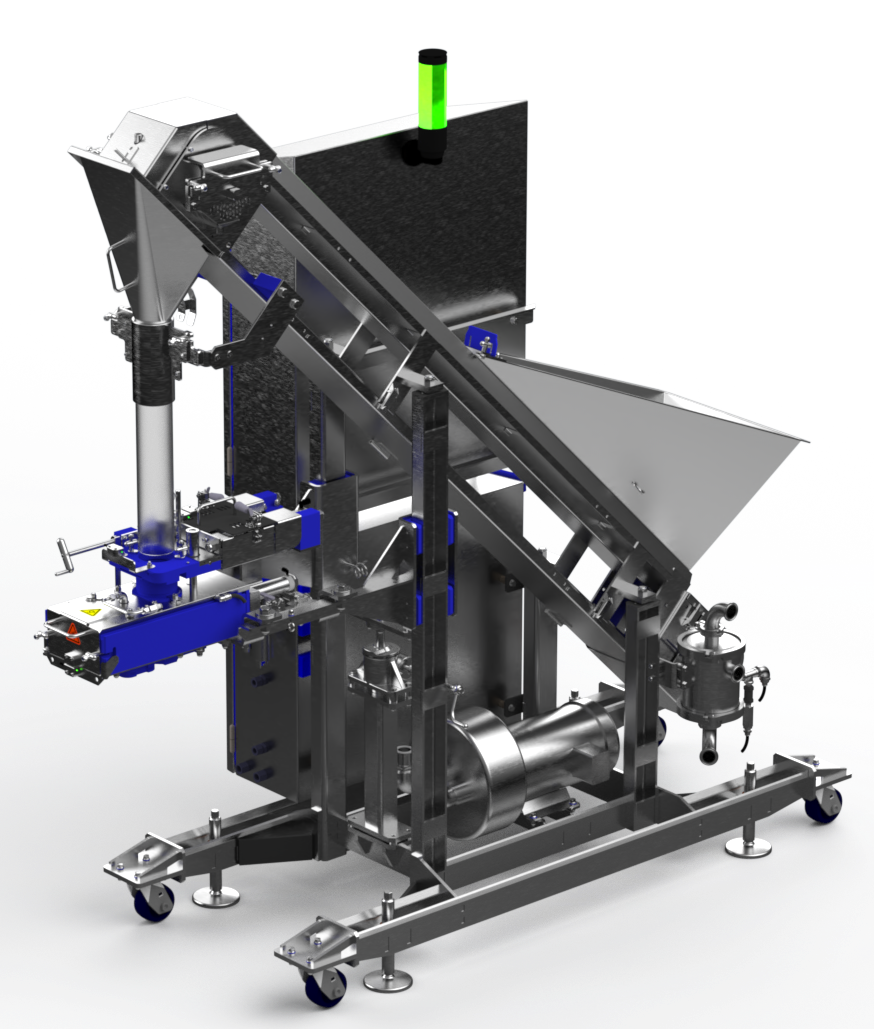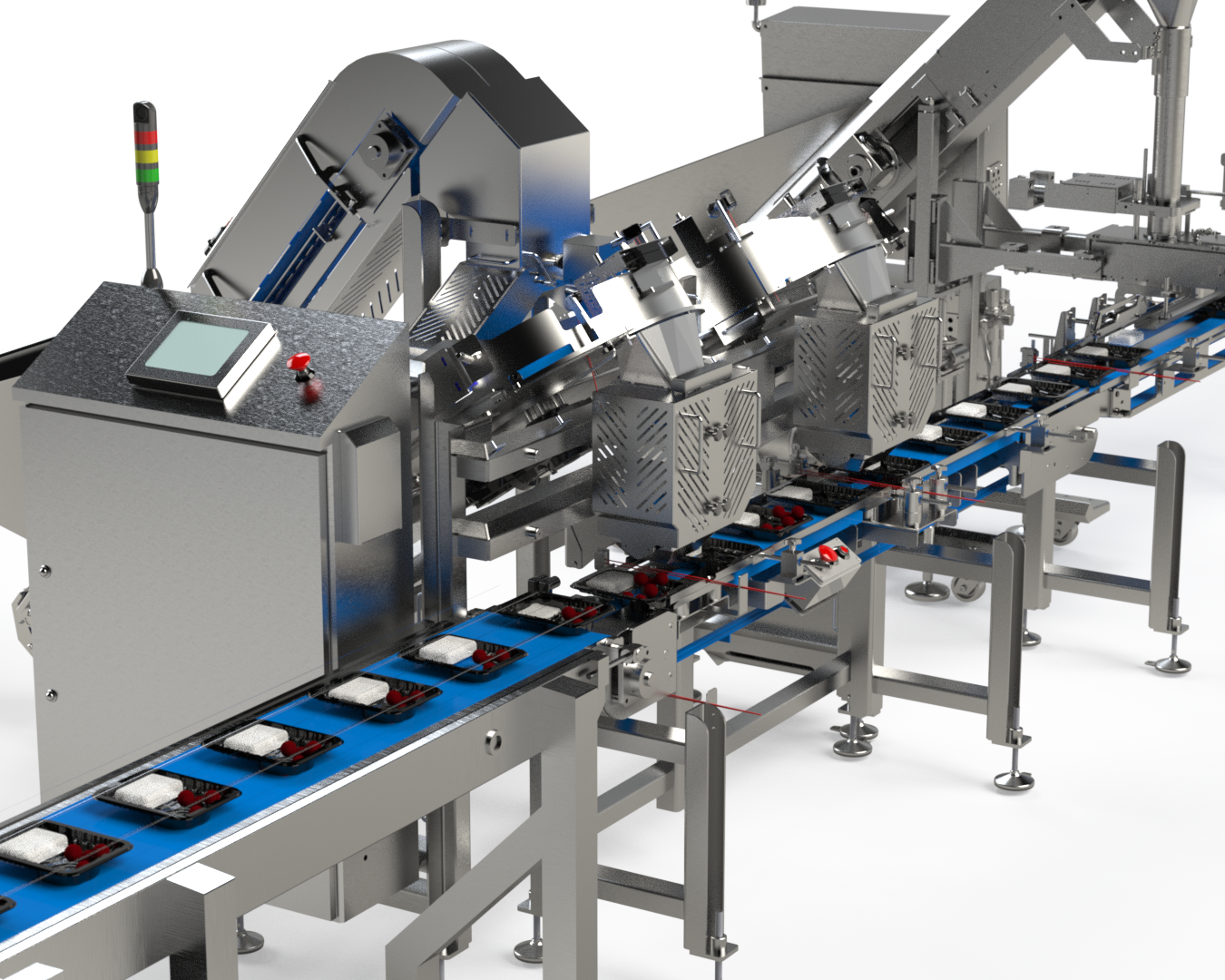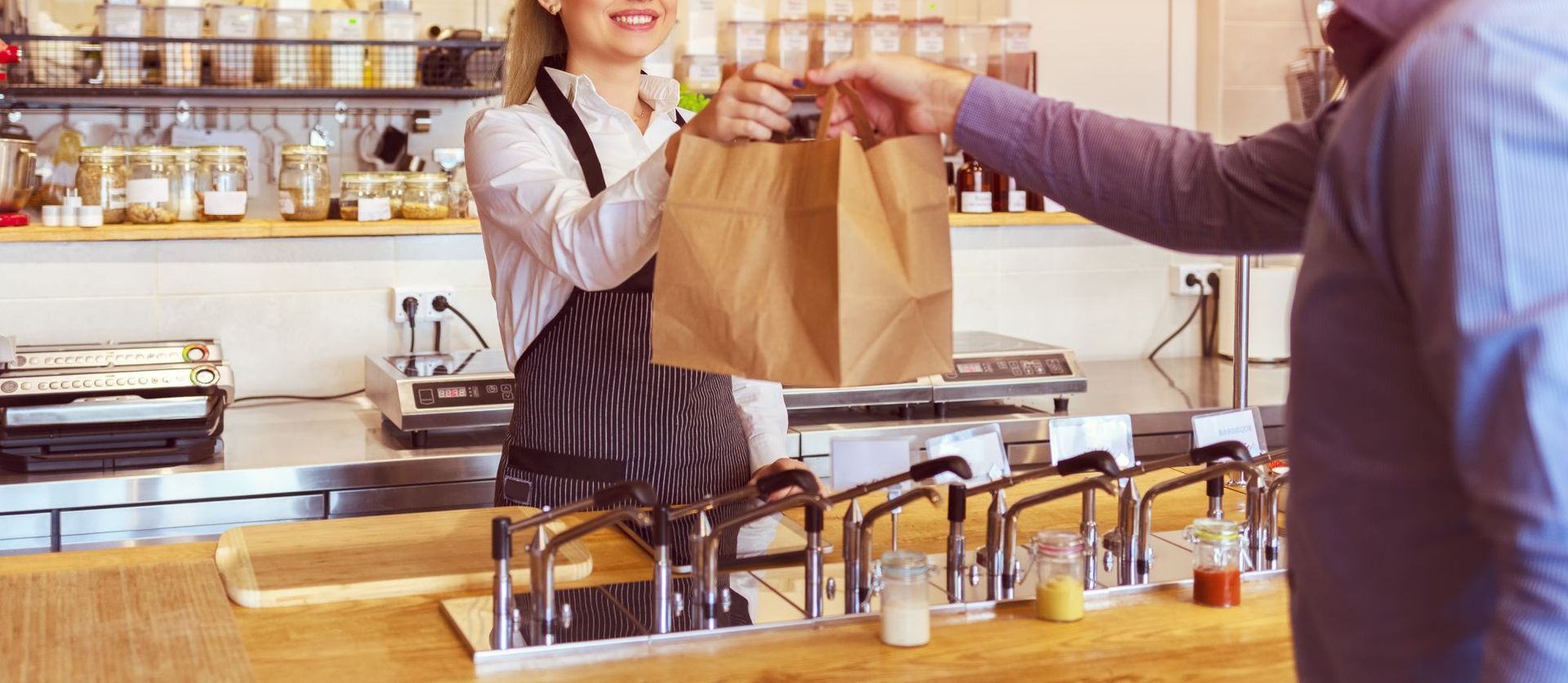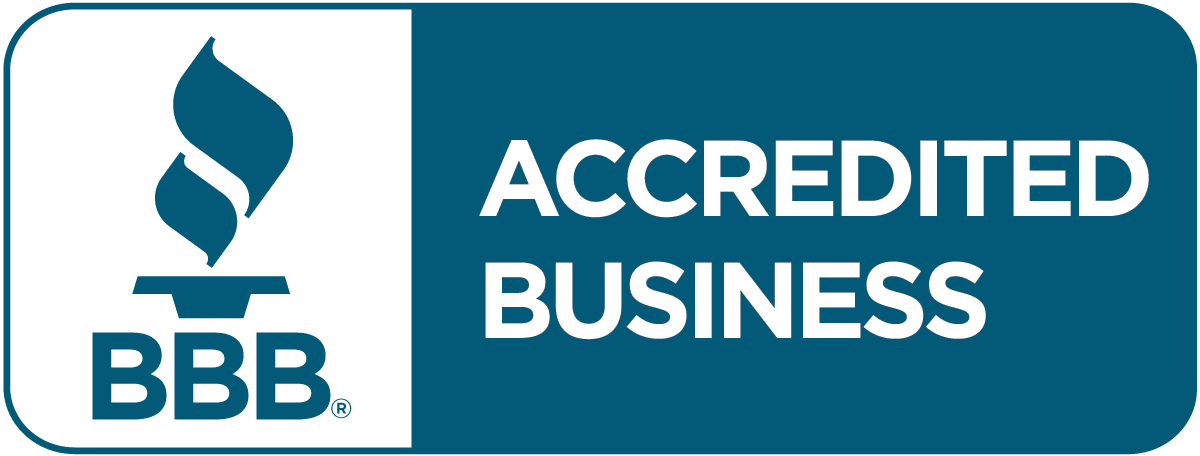How To Start A Dog Food Business in the Pet Food Industry
Are you ready to get started in the pet food industry? Starting a pet food business is an exciting time for fur lovers but there are a few things you need to know first. If you are beginning your career in the pet food industry, you may not know where to begin. No need to stress - this is where we come in. We have a comprehensive list to help you plan out and achieve your goals. Stop dreaming and put your plan into action. Here are some tips that will help you lay your plan out.
Where to begin?
Every successful business begins with good planning. There are certain processes you need to execute before opening your pet food business. You need a license for your business and perhaps a permit, depending on the state you choose. You need a marketing strategy to promote your business. It may seem a bit overwhelming at first but if you stick to a plan and follow the necessary steps needed, you can achieve a good profit with your pet food business.
Before you begin, you may consider looking for a partner, coworkers, or management team. A pet store business needs not only pet lovers, but a good team of knowledgeable people with experience in merchandising and business. You can start your store or you could jump on board with an existing pet brand by purchasing their franchise. If you plan on opening your store, you may not have the funding for large outsourcing right away but once you get started, you can start hiring more personnel and staff members. If you are considering a franchise, you will have a little more startup capital to hire staff. Regardless of the type of business you choose, you are going to need to hire the best people for the job.
Will you make a profit?
Dog food is an essential requirement and the pet industry is a growing industry worldwide. It was estimated that the pet industry hit
$147 billion in 2024 alone, up from $1.5 billion from the previous year, and it continues to grow each year. The increase is due to people adopting more dogs and spending money on their furry companions. Pet owners treat their pets as family and like family, they will ensure they receive adequate food and nutrition, even when the economy is tough.
The growth in the pet industry resulted in a demand for more pet products and pet food businesses. Pet owners want to enjoy time with their pets, which reduces stress and helps them to bond with their furry friends. They want to keep their “fur babies” safe, protected, and healthy. Pet food businesses that will draw their attention are those that offer them the best health for their pet. Some high-end pet owners want to spoil them with designer clothes and these owners may also be willing to pay more for specialty food. There are also pets with allergies and your store can benefit from supplying food-sensitivity products for pets. If you plan smart, work hard, and do your
research about your target market, you can be sure to make a profit from opening a pet food business.
What skills will you need?
What are the skills required to build a thriving pet food business? You cannot use just any ingredients for pet food. The Association of American Food Control Officials (AAFCO) has specific requirements for
ingredients for specific animals. Pets need to receive safe and nutritional food. You and the people you work with need to have the skills required to meet these needs.
There are ways in which you can educate yourself and the people helping you out with your pet food business. An example of this is to find online courses and programs. Both examples are quick and affordable options to upskill yourself and your staff. You could also use recipes but be sure to check that the ingredients follow the AAFCO standards. Some books and guides may come in handy too. Look for books on animal nutrition and the specific type of animal you are going to cater to.
Daily activities of a pet food business
The daily activities of a pet food business owner can vary depending on how busy your business gets, the number of products you can manufacture/supply per day, your business location, etc. Here is a general look at your day-to-day activities:
- Ensuring that pet food ingredients are prepared daily or when needed.
- Ensuring quality checks are done on pet food ingredients, and that all compulsory food standards are followed.
- Thorough cleaning of the food facility. Hygiene is important for pet food too!
- If applicable, ensuring that delivery to the customer takes place promptly.
- Focusing on good customer service.
- Paying all expenses and bills required on time.
- Administrative duties as and when needed.
- If you are a business owner, you may use your spare time to grow your business through marketing, looking for new recipes, and looking for potential clients or partners.
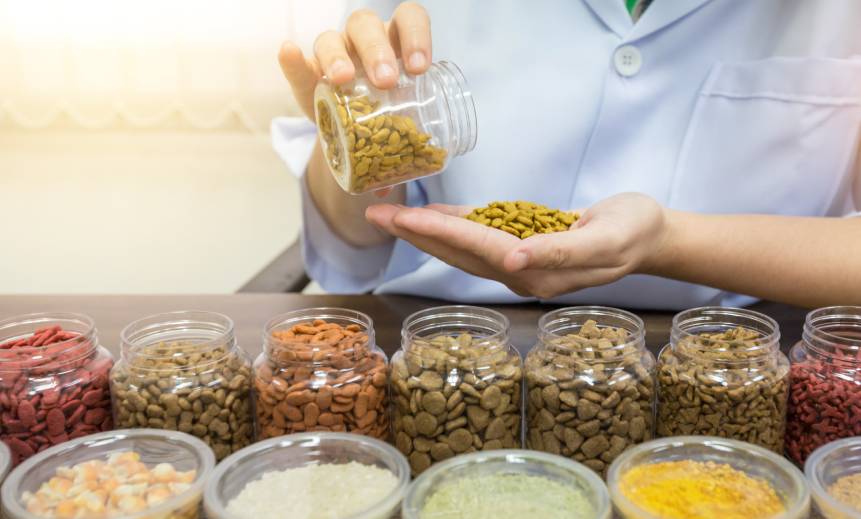
Advantages of starting a pet food business
It may sound like a challenge but the benefits of opening your own company are endless. Here are some advantages of starting your own pet food business:
- You get to be your boss. You no longer have to answer to anybody but you. You have the final say in decisions and what you choose to sell. The look of the product and the brand are all based on your creative version. Ultimately, at the end of the day, you get to reap the benefits of something you created.
- You are the voice of your brand. If you are a creative person, you get to use your talent to promote and market your product. You have the freedom to use your designs and market the brand according to your style.
- You get to help pet owners to take care of their fur babies by providing them with nutritionally balanced food. Knowing that you are helping people and animals will make your day.
- You have job stability. The economy won’t always be good but you can take satisfaction in knowing you won’t lose your job from downsizing or lay-offs. You don’t have to fire yourself when you make a mistake, but instead, you can learn from the experience and grow.
- Your working hours. Of course, owning a business is hard work and you may have to work extended hours to grow your business at first, but eventually, you can hire enough staff to ensure that you do not have to be in the office 24/7. You can choose your times, your days off, and whether you want to work at a store or online from home.
Competitive Landscape
The dog food market is the most competitive landscape with an increase in demand for premium and nutritious dog food. Dog owners (and cat owners) only want the best for their pets and this increases the competition for food that helps their overall health. A few major brands compete in terms of quality and prices. Some of the leading players are:
- Mars Petcare, Inc.
- Nestlé Purina Pet Care
- Hill's Pet Nutrition
- Proctor & Gamble Co.
- Del Monte Foods
How To Create A Pet Food Business Plan
Decide on your business objective. What this means is finding out where your retail location is going to be. Are you working from a store or online? Where will you produce your pet food? You need to plan for a manufacturing location, as well as storage facilities.
Identify your target audience. How will you market your product to the audience? What promotion techniques will you use?
Calculate how much capital you are going to need. Making a list of income or expenses will help you to budget well. Speak to a financial advisor if needed. If you seek finance, you need to plan for your investors.
Registering your Pet Food Business
Registration is necessary for your company to be legally compliant. The process necessary for the registration will depend on the size of the business and state. You can form most LLC companies yourself but sometimes registered agents need to be present. The licenses required for a pet store business are also necessary for permission requirements. You need to check with your local licensing office for this. Certain states have a list of health and safety standards that you may be required to follow. Make sure that all licensing compliances are taken care of before opening your business to prevent legal issues from arising.
What is the target market for your Pet Food?
Pet food is mostly targeted towards pet owners and possibly retail pet stores. The demographic includes young owners and families with pets. Shoppers vary in age but the majority of pet store revenue comes from Millennials and Baby Boomers. What this means for your business is that online purchasing and delivery would be essential as many of these owners would be younger and working-class individuals who prefer online shopping via purchasing from a store. These individuals tend to use social media so the use of promoted ads to target their interests would work best. If you are running promotions it should focus on the pet, be animal-friendly, and have posts or adverts that appeal to the target group.
The growth potential for a pet food business.
As we stated above, the growth of the pet industry increases every year. With the right target market, marketing, and tactics, your pet food business can match the success of big-brand food supplies (and perhaps even outmatch!). The growth won’t happen overnight. You need to work hard and consistently to see results, as with any business. Do your research and seek business help if necessary. Don’t settle for mediocre when it comes to ingredients or marketing. Consult pet owners, pet food experts, marketing teams, and food manufacturers as you add products to your brand. The use of technology can help you grow and expand. Pet food machines can help business owners reduce costs on supply by using a filling machine, for example, allowing them to spend less on labor and more on expanding their business.
Find the perfect name for your pet food
You get to be creative when it comes to a food name. Remember, you are your boss here. You should research other food names in the industry and see which ones are popular. You may want something punny and creative if you are targeting animal lovers and their fur friends. If you are targeting higher-end customers, you may want to consider something more classy or elegant. The name should be short, creative, and memorable. Abbreviations are not necessary here. Go for simple, yet a name eye-catching enough that it will not get old with time. If you work with a marketing company, they could help you out with names and a brand identity unique to you.
How To Brand Your Pet Food
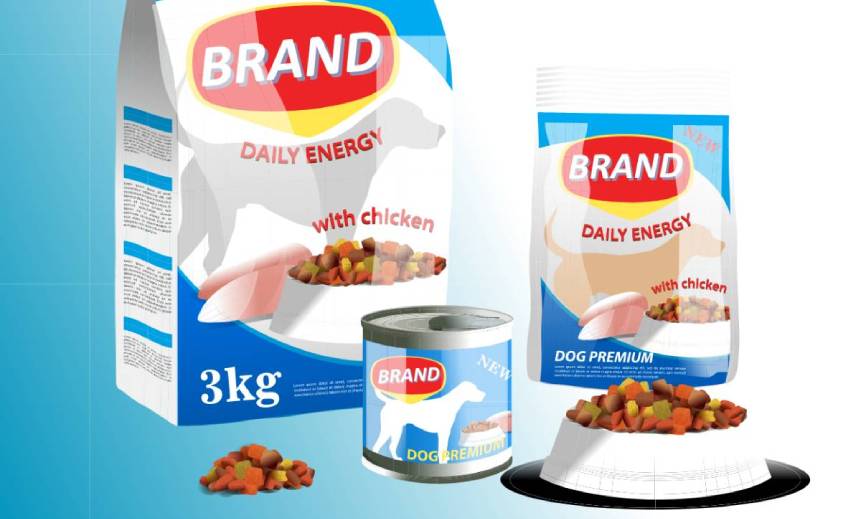
Your branding can be done by you or outsourced to a creative team. Branding would include the name, logo, and mission statement of your pet food. Your pet food brand should be unique to you and your business goals. It would be the voice and look of your product. Your theme, designs, and advertising would all depend on effective branding. Using generic pictures and cute images is not enough as you need your brand to beat out the competitors. Try to be as authentic as possible and use branding that fits your unique personality to ensure your business is a success.
How to promote & market a pet food business
Once you get started and your business is legally compliant, you are ready to promote and market your product. You can market your company online and locally with various marketing styles. Social media is an amazing marketing platform for the pet industry. Pet accounts are popular and you can draw out your target market with the use of online marketing tools such as Facebook ads or Instagram marketing tools. Various platforms are best to achieve maximum exposure. Make sure to keep the name and logo the same and link each social media account so that people can find them.
You can also pair up with other businesses such as pet groomers, vets, or pet stores to market your brand. Another option for promoting your business would be through referrals from pet owners.
Food Labelling and Packaging for pet food.
The purpose behind
labeling and packaging is to make your brand grab the customer's attention and beat your competition. Food labeling has to be truthful and not mislead customers in any way. You should also ensure that all ingredients used in the facility that is manufacturing the dog food are listed. Labeling is important as food allergies can be an issue for certain pets.
Packaging should be creative but also convenient. Try to avoid bulky product packaging, if possible. The packaging should keep the pet food safe and fresh until consumption. If food needs to be transported, ensure that the label is properly marked and the packaging is properly sealed (to prevent any risk of contamination). Ideas for pet food packaging include plastic bags, tin cans, and recyclable material bags for pet treats.
MULTI-FILL Inc. is a leading provider of
high-quality packaging and labeling equipment, as well as
food filling machines for hard-to-fill products. Our filters are used in the dog food business to help suppliers and pet food business owners with their supply and distribution. We have been providing
volumetric filling systems to satisfied customers around the world for decades. To get started in the pet food industry,
contact our team today!
Designing a food filling line: Product is king
